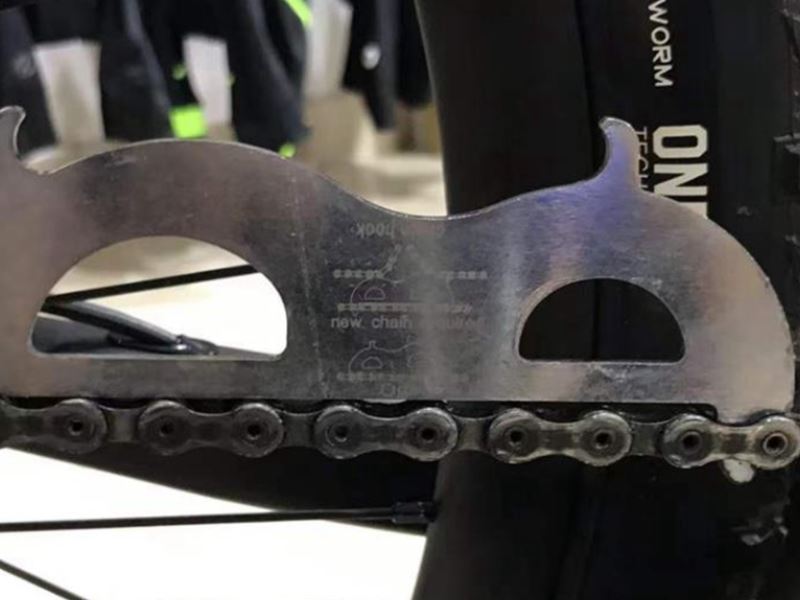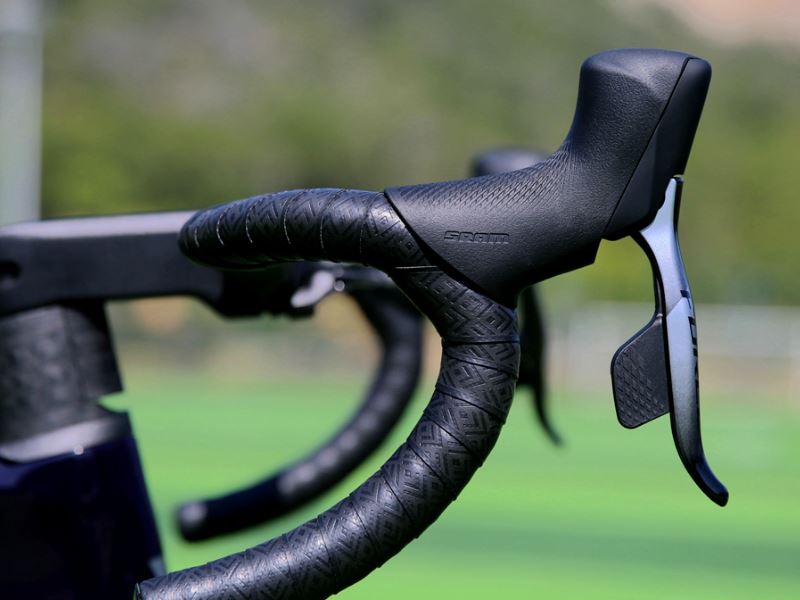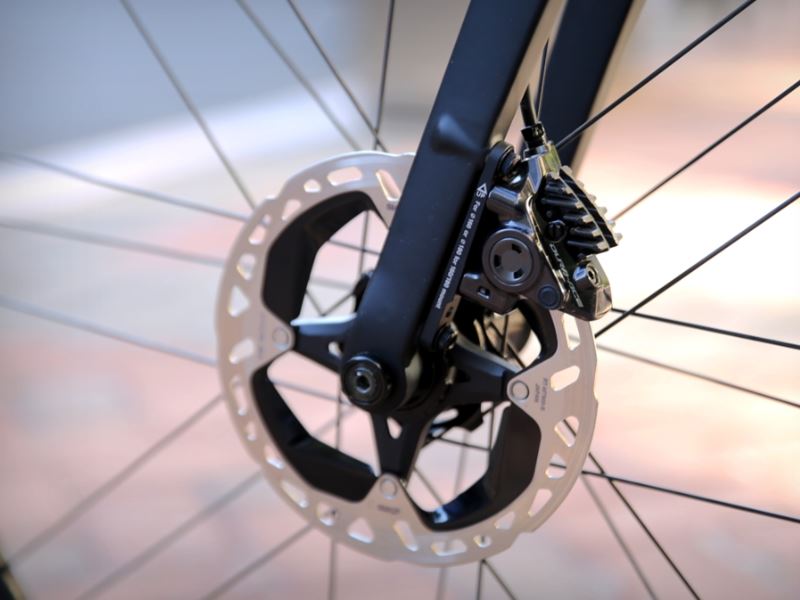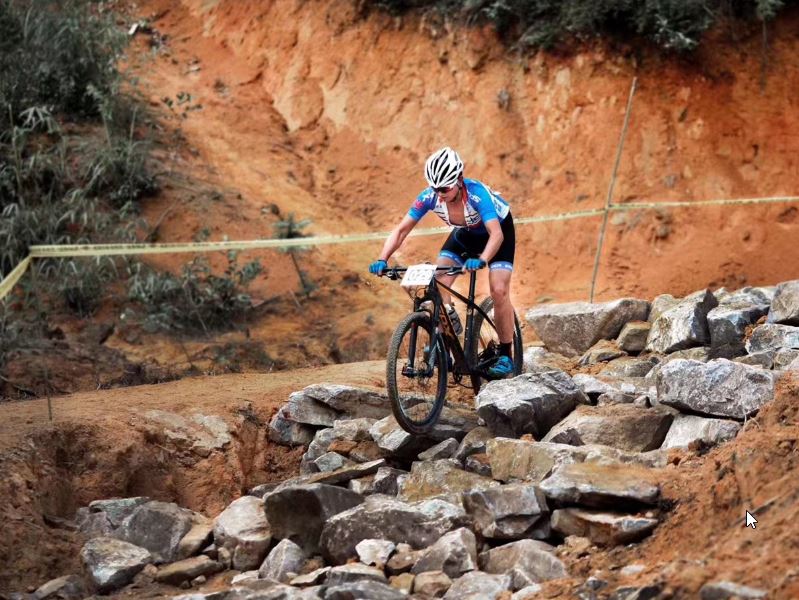by Tiffanybikes
Share
by Tiffanybikes
Share

Gravel bike? Or an off-road bike? Do you have a hard time distinguishing them? Both have similar shapes, such as the same handlebars, the same off-road tires, and the tires are also wide tires. So how do we distinguish the two models?
The best way to tell the difference between a gravel bike and an off-road bike is to understand what they are for.
Normally, off-road bikes are mainly used for competition. On tight, curvy tracks, where mobility is key, off-road racers need nimble steering and aggressive riding positions, so off-road is more restricted by the UCI, and gravel bikes are not. For example, UCI-approved off-road tires must not exceed 33mm in width.
Unlike off-road bikes, gravel bikes are generally suitable for a variety of purposes, from multi-day adventures to terrain exploration and even the burgeoning gravel racing scene. Before gravel bikes came along, many were off-road models modified with some extra versatility, including fenders and rack mounts.
However, with the advent of gravel bikes and the inherent versatility they offer, the latest off-road bikes have refocused on CX racing.
Gravel and Off-Road bike Geometry
Most gravel bikes have looser geometry than cyclocross bikes because it’s designed for long rides and will tackle rougher trails. An emphasis on comfort tends to provide shorter reach and a more upright body position. Since gravel riding generally reduces speed, aerodynamics is not a priority here, with the only exception being aero gravel race bikes (one of the newest segments in the gravel industry).
Gravel bikes and cyclocross bikes also have different bottom bracket positions relative to the ground. A lower bottom bracket gives the gravel bike better stability on rough terrain and a lower stand over height means easier dismounting on technical terrain. The longer wheelbase of a gravel bike also has the effect of improving stability.
Off-road bikes’ taller bottom bracket improves pass ability and shifts the rider’s weight toward the front of the bike, providing a more direct steering response.
Tire clearance for gravel and off-road
Aside from geometry, tires and tire clearance are the biggest differences between gravel and off-road bikes.
At UCI level, off-road tires cannot be wider than 33mm, so off-road bikes usually have relatively narrow tire clearances. Its tires are spot-on and tend to use softer compounds because they’re designed for grass and muddy surfaces rather than hard surfaces. Off-road bike tires typically don’t have the same level of puncture protection as gravel tires and are designed to be lighter for competition.
Gravel bikes have more tire clearance than off-road bikes and are usually equipped with 40mm or larger gravel tires, and the latest frames can often accommodate tires about 50mm wide. Wider tires are essential for comfort on long rides and can handle more technical terrain with lower tire pressures, reducing the risk of punctures, especially tubeless tires.
Gearing for gravel and off-road
In off-road racing, where you need to be ready for sprints and short climbs, as well as handling dirt, trail racing requires a fairly narrow range of gears. While 2x drivetrains have been the norm for years, most modern off-road bikes feature a 1x drivetrain because it not only saves weight but also reduces exposure to mud buildup, although some off-road racers still prefer the 2x setup.
Since gravel bikes are designed to be ridden on a wider range of terrain, a wider gear range is required. Also equipped with 1x or 2x drivetrain. For riders who need less technical trails, the 2x drivetrain usually offers larger gears. However, the simplicity of the 1x setup still appeals to many gravel riders, and the advent of gravel-specific groupsets such as Shimano GRX, SRAM XPLR and Campagnolo Ekar has also pushed gravel bikes toward single discs.
Fenders and Shelves
Most off-road bikes designed purely for competition will not be equipped with fenders, luggage rack mounts, normally only water bottle cage mounting holes, and its frame looks more concise.
Gravel bikes will have multiple bottle cage mounts, usually with an additional tool mount under the downtube, fenders are also common on gravel bikes, and many models also offer front and rear rack mounts.
Handlebars, shock absorbers
UCI rules state that off-road handlebars cannot be wider than 50 cm. Following the trend of wider MTB handlebars, there has also been a growing trend of ultra-wide gravel handlebars, sometimes exceeding the 50cm limit, for riders who prefer wider, more stable trails. The handlebars of gravel bikes can also be seen more heavily slanted.
Some gravel bikes also come with micro-suspension seatposts or dropper seatposts, and some have low-travel forks like the 30mm or 40mm RockShox Rudy Ultimate XPLR.
Can I use an off-road bike for gravel riding?
Yes,you can. While tire clearance may be the limiting factor, in some cases the geometric difference between gravel and cyclocross is minimal, and there are also brands that offer versions that do both with one frame. For example, the gravel version (SE) and the cyclocross version (CX) of the 2022 Cannondale SuperSix EVO frame. Other accessories such as handlebars or shifting can be replaced by yourself.
Can a gravel bike be used for trail racing?
Unless you’re racing at the UCI level, for the most part, cyclocross with a gravel bike is absolutely fine, even if your tires are over 33cm or the handlebar width is over 50cm.
If you’re going to use your gravel bike for trail riding, one thing to consider is the tires. Racing in muddy and wet conditions, for example, may require changing to a tire with a more aggressive tread for decent grip on the slopes.
The “out-of-stock tide” brought about by the epidemic has made it difficult to find a bike in the cycling circle. Even if some brands can order a bike, the delivery time varies from a few months to more than half a year. There are many bike fans who can’t wait to turn their attention to […]
Whether you’re a big cyclist or a novice cyclist, who hasn’t made some mistakes on the bike? For example, when the new bike is installed, the vehicle accessories are installed incorrectly, the equipment model is not matched when the accessories are upgraded, the fault judgment is wrong, and there is wasted effort in disassembly and […]
With the full popularity of the disc brake system for road bikes, the road bike market has completely resolved the debate between disc brakes and rim brakes. It can be said that disc brakes have completely taken over the rim brakes. But in road disc brakes, there is another debate, so is it better to […]
Today, most mountain bikes on the market are equipped with front fork shock absorbers, and even many gravel bikes are equipped with micro-travel shock absorbers in order to cope with more complex road conditions. There is enough suspension travel on a bicycle to measure the bumps that the bicycle can absorb, so what kind of […]



